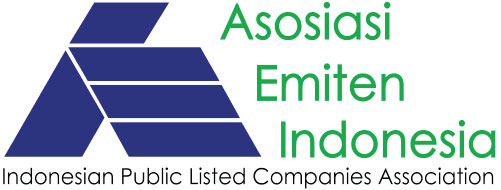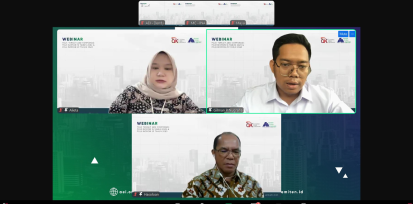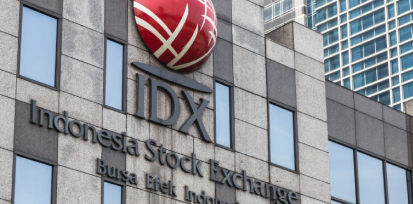
Challenges and Opportunities for Internet Infrastructure in Indonesia
The telecommunications and internet industry in Indonesia has experienced rapid development in recent years. With the increasing number of internet service providers (ISP - Internet Service Provider), competition is becoming increasingly fierce. However, behind this growth, there are various challenges that must be faced, ranging from equal access to improving service quality.
In a joint discussion Mr Muhammad Arif Angga, Chairman Association of Indonesian Internet Service Providers (APJII), it was revealed that the Indonesian internet industry still has a lot of room to develop, but also needs the right strategy to remain healthy and sustainable.
APJII and its Role in the Indonesian Internet Industry
As an association that oversees the Indonesian internet industry, APJII has been standing for 28 years old and has several main roles, namely:
- Manage IP addresses in Indonesia
- Support the government's digitalization program
- Encourage equal distribution of internet access throughout Indonesia
- Overseeing regulations that support the development of the internet industry
Currently, the number of APJII members continues to increase. In February 2025, there are 1,270 ISPs operating in Indonesia, increased drastically from 600 ISPs in 2021 And 300 ISPs before the pandemic.
Main Challenges of Internet Infrastructure in Indonesia
Despite the significant growth in the number of ISPs, the internet industry in Indonesia still faces several major challenges, including:
1. Equal distribution of internet access is still low
- Only 79% of Indonesian people have internet access
- Fixed broadband (home internet) penetration is still below 15%
- Most people still rely on cellular networks
Compared to other Southeast Asian countries, Indonesia is still lagging behind in terms of internet speed and coverage.
Fixed broadband average speed:
- Indonesia: 24-25 Mbps
- Singapore: 250 Mbps
- Thailand: 200 Mbps
- Vietnam: Higher than Indonesia
With a large area and complex geographic challenges, equalizing internet access is a big job that must be completed immediately.
2. Unfair Competition Between ISPs
Although the number of ISPs is increasing, the total industry revenue actually decreased Because:
- Tight price competition causing internet rates to continue to drop
- The number of customers did not increase significantly, but there are more and more competing ISPs
- The same market is being fought over by more ISPs, so the profit margin gets smaller
Currently, on the island of Java alone there are more than 800 ISP operating, causing unhealthy competition.
3. Inefficient and Accumulating Infrastructure
- Too many ISPs in one area cause infrastructure is stacked, not expanded
- The cable poles on the streets are getting denser, but equal access is still an issue
- Infrastructure excavation continues due to lack of coordination between service providers
This development pattern not only creates irregularities in the field, but also causes inefficiencies in network investment.
Solution: Industrial Restructuring and ISP Consolidation
To overcome these various challenges, APJII proposes several strategies, including:
1. Moratorium on New ISP Registration
APJII encouraged moratorium or restrictions on new ISP registration, especially in areas that already have too many service providers, such as Java. The goal of this step is to reorganizing the industry to make it healthier and more sustainable.
2. Consolidation and Collaboration between ISPs
To make the industry more efficient, APJII encourages ISP to collaborate, for example with infra-sharing or network share. In this way, network development can be carried out more evenly and operational costs become more efficient.
3. Expansion into Unreached Areas
Instead of continuing to compete in an already dense area, ISPs should start expanding to areas that do not yet have internet access. In this way, internet penetration can increase, while opening up new market opportunities for service providers.
The Future of the Telecommunication Industry in Indonesia
With the rapid growth of the telecommunications industry, the potential for developing internet infrastructure in Indonesia is still very large:
- There are still 21% of the population who do not have internet access
- Fixed broadband only covers less than 15% of households
- Internet needs continue to increase with the development of AI, streaming, gaming and other digital technologies
With the right strategy, incl industrial restructuring, a moratorium on new ISPs, and encouragement of expansion to remote areas, expected internet in Indonesia can be more equitable, quality and competitive at the Southeast Asian level.
Complete Podcast Video: Chairman APJII BONGKAR! HOW STRONG IS INDONESIA'S INTERNET INFRASTRUCTURE?




 Back to Home
Back to Home







